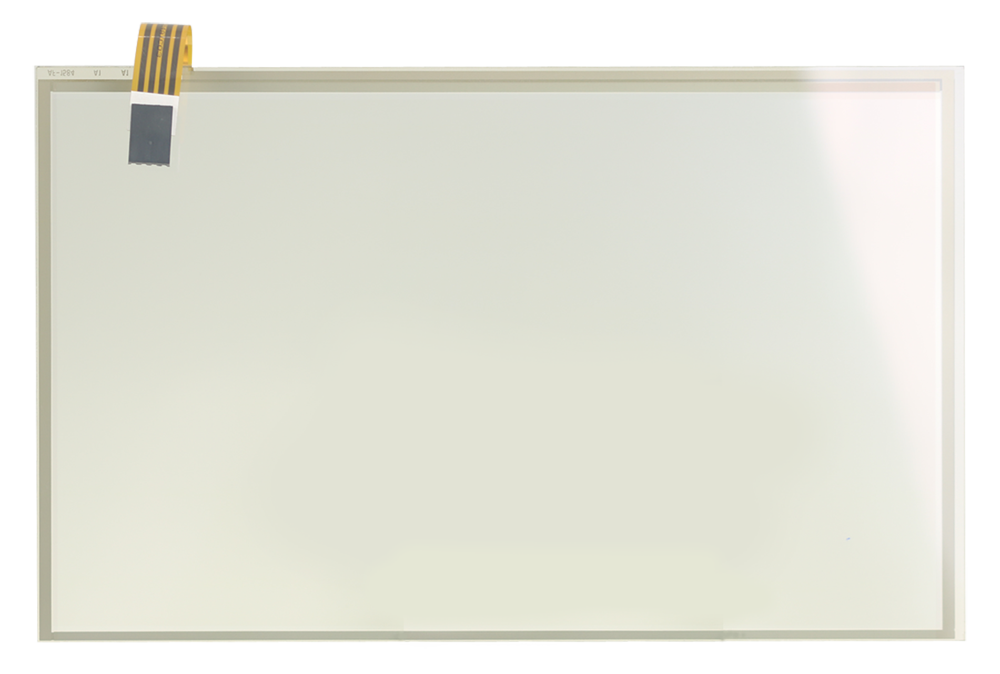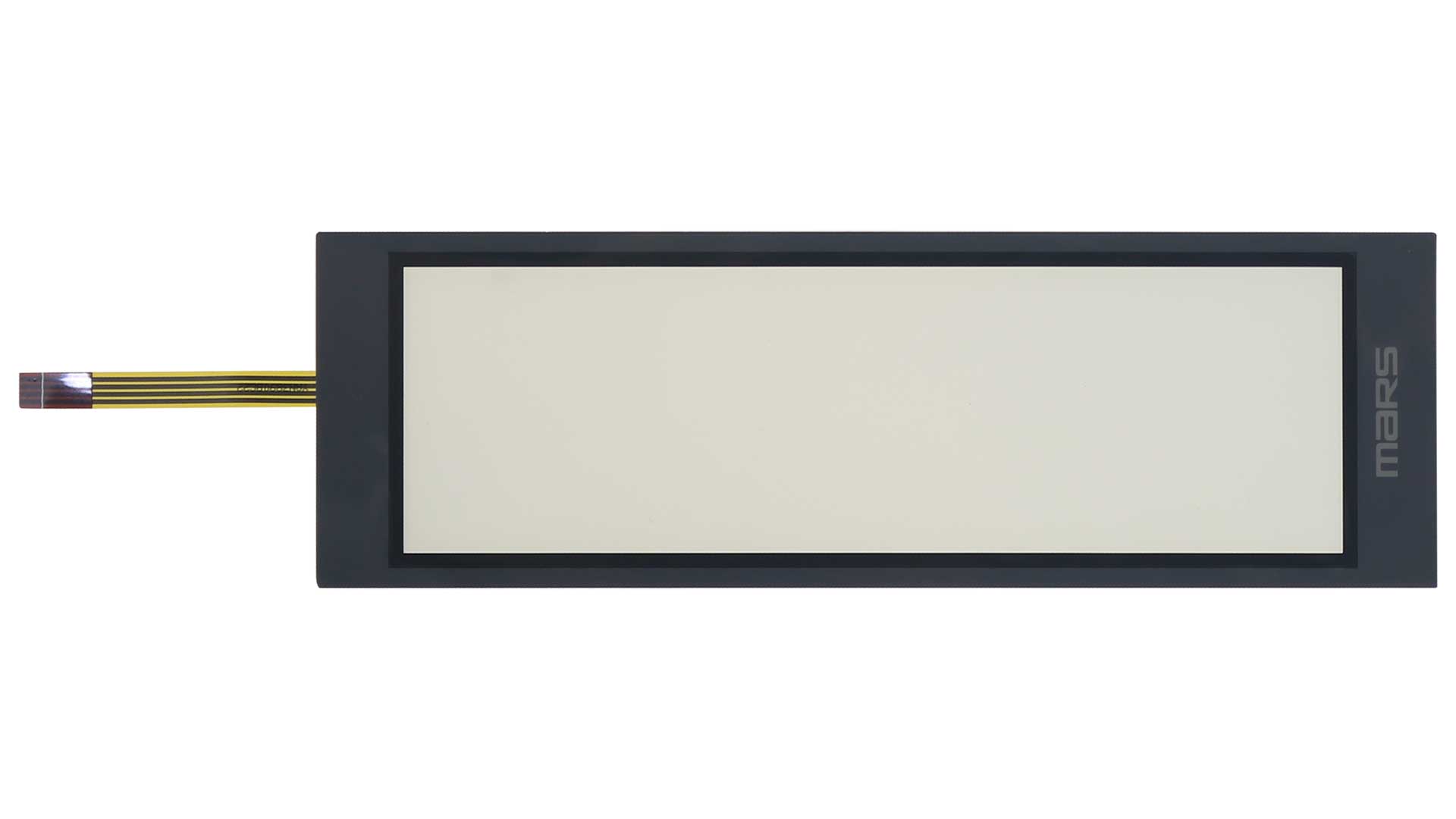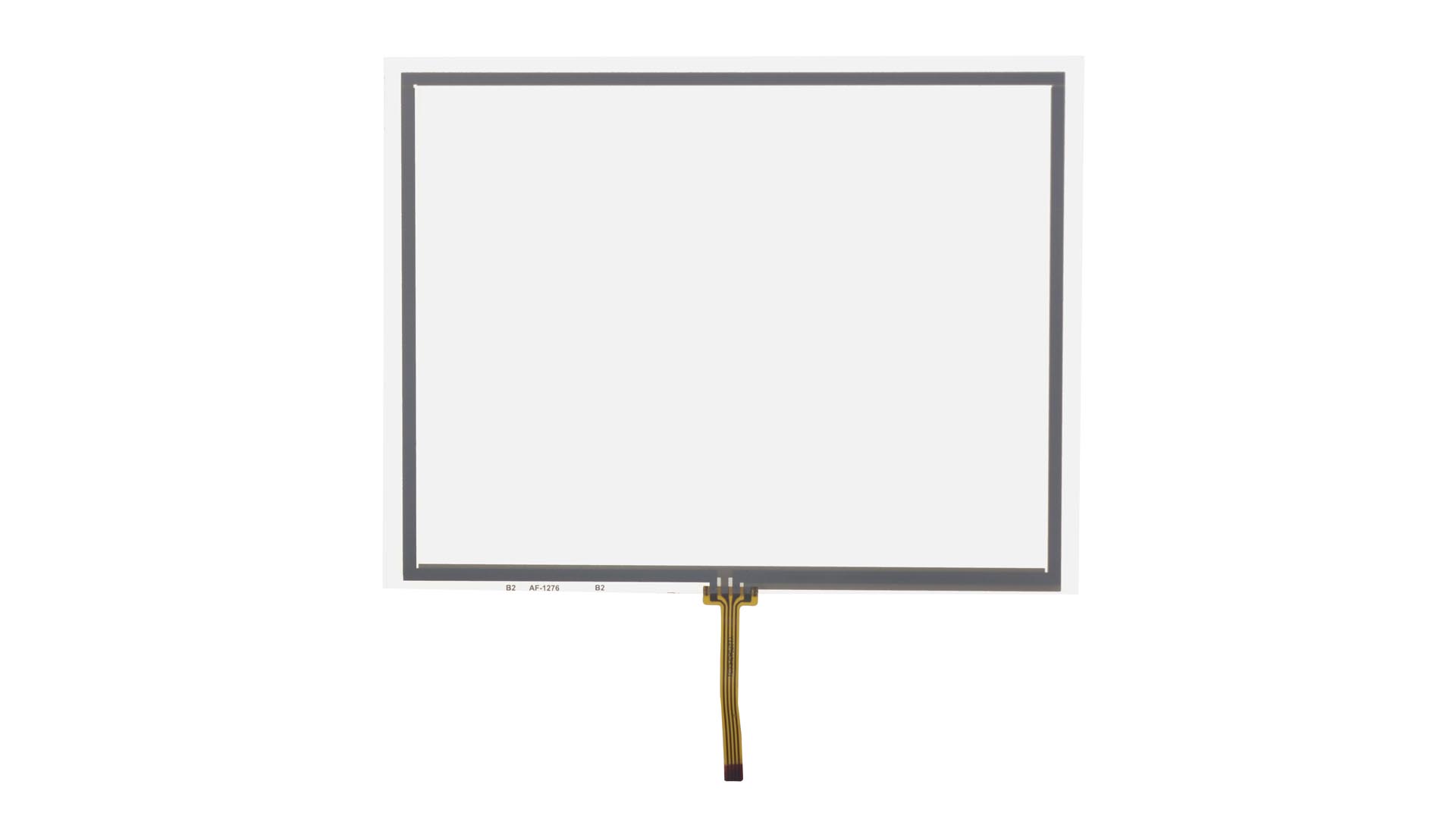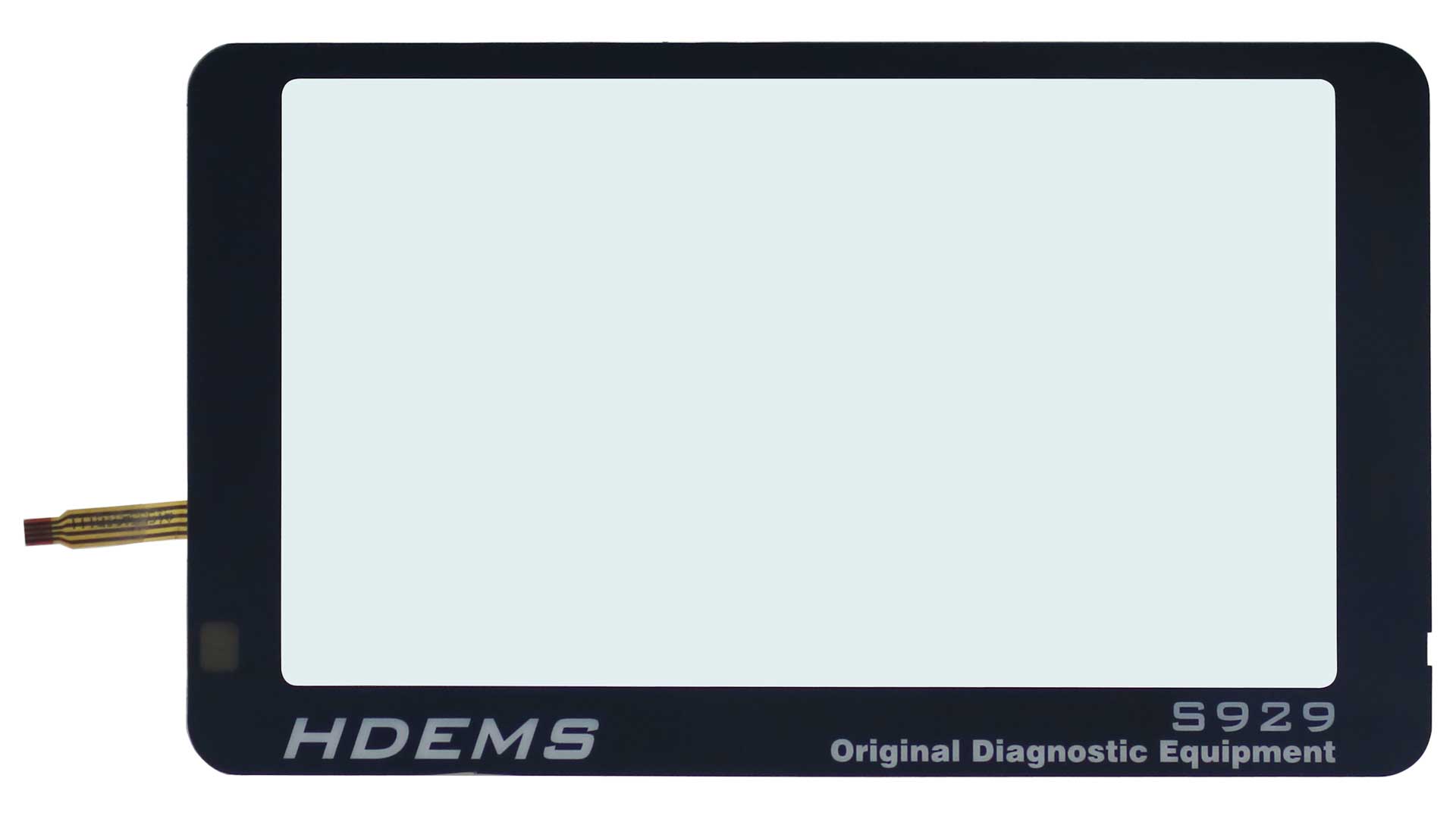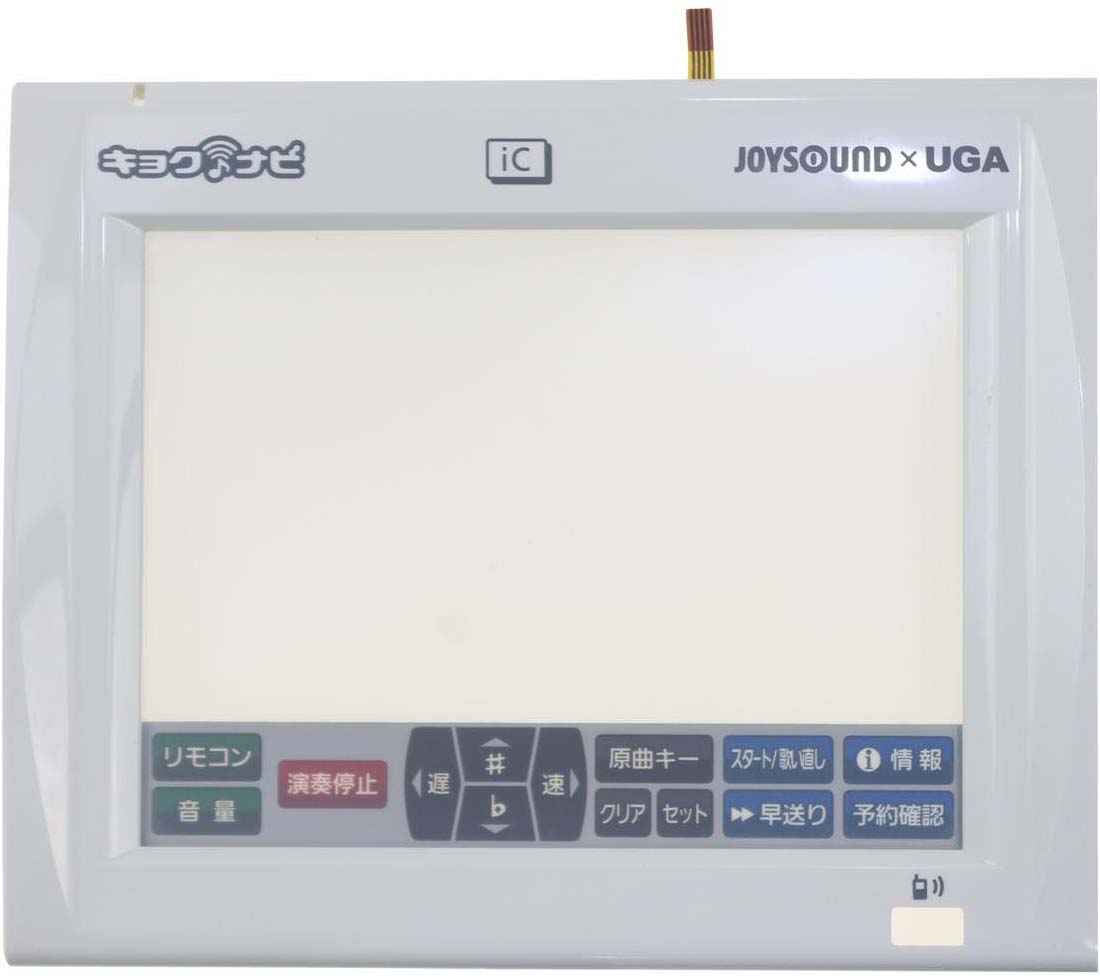What is a Analog 4-Wire Resistive Touch Screen
Dr Pan: Welcome to DISPLAY Museum. I am Dr Pan, the curator of Museum.
Greg: Hello, Dr Pan. I am Greg. I came here to learn about analog 4-wire resistive touch screen.
Dr Pan: Hello, Greg. Analog 4-wire resistive touch screen is the most common and basic touching technology. The most vivid feature is 4-wire FPC.
It is going to need two layers to achieve the touch function: Top sheet ITO film and Bottom sheet ITO glass. It is supposed that bottom layer is X electrode and top layer is Y electrode, anode end is 5.0 V and cathode end is 0 V. When we touch the surface of the screen, it gets X1 in the X electrode and Y1 in the Y electrode according to the variation of voltages. The contacting position can be calculated since the values in both X and Y electrodes are noted.
Greg: Dr Pan, I heard analog 4-wire resistive touch screen isn’t serving as long as capacitive touch screen. Why?
Dr Pan: When we press the surface of resistive touch screen, ITO film will be deformed by the pressure.
As the time goes by, eventually, ITO film will be damaged by the deformation, and both X and Y electrodes can’t detect the corresponding voltages, therefore it can’t be used anymore.
But every coin has two sides. Analog 4-wire resistive touch screen is very cheap and high resolution. It can be used in the hostile environment: dust, humidity, greasy dirt, etc.
Greg: Thank you, Dr Pan. Now I got it.
Dr Pan: Welcome to contact us if you have any question.

